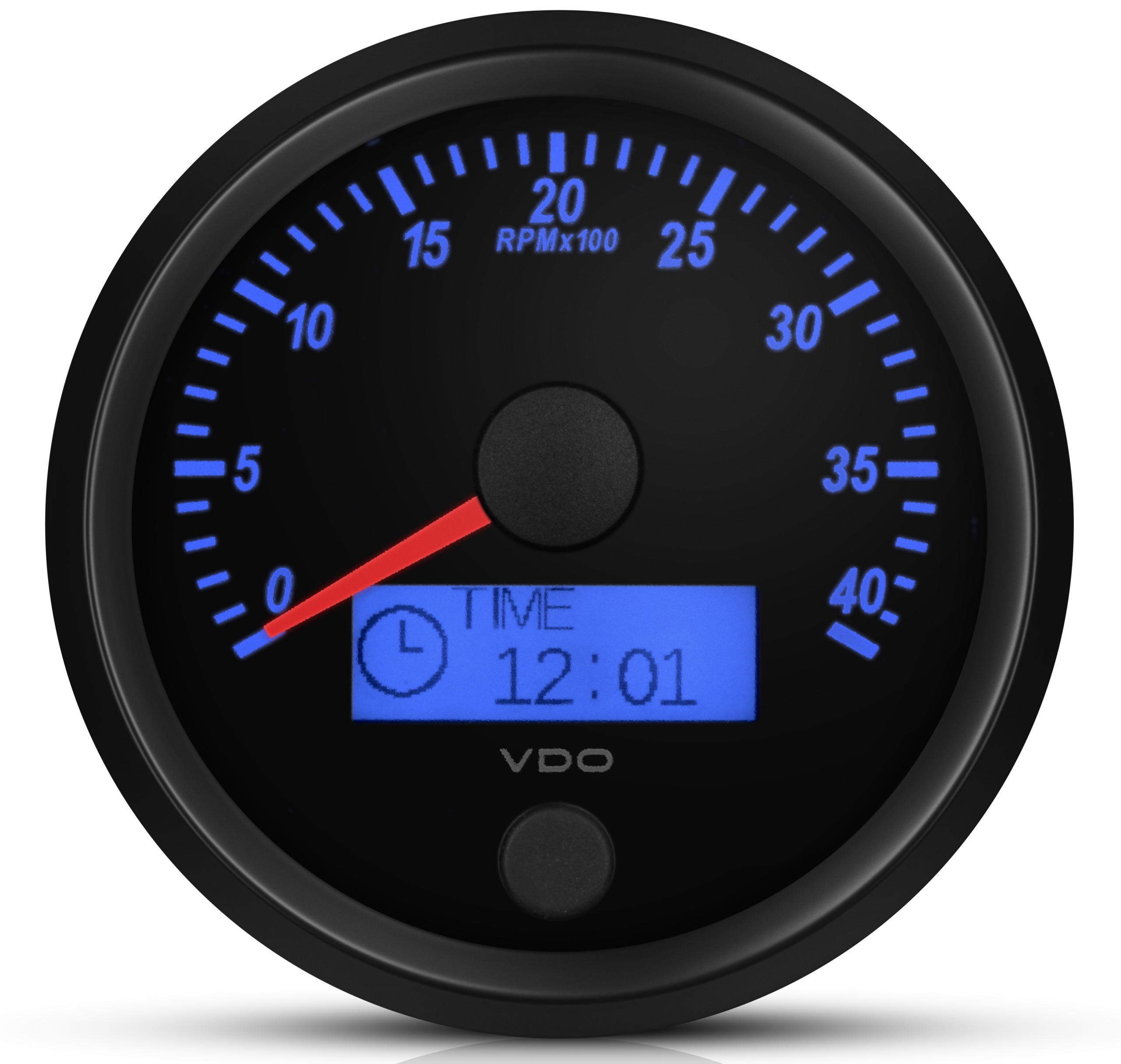Expert Tips for Maintaining and Calibrating Your Tachometer
Expert Tips for Maintaining and Calibrating Your Tachometer
Blog Article
Unlocking the Tricks of Tachometers: Everything You Need to Find Out About This Important Tool in Your Vehicle
Understanding the intricacies of tachometers can offer beneficial insights right into your automobile's performance and upkeep needs. From measuring engine speed to decoding the information it offers, tachometers function as a crucial device for automobile proprietors and enthusiasts alike. By unwinding the mysteries behind this crucial instrument, you can unlock a wealth of info that can enhance your driving experience and make sure the longevity of your automobile.
Importance of Tachometers
The importance of tachometers hinges on their capacity to offer vital real-time data regarding an engine's rotational speed, permitting specific surveillance and maintenance of machinery. By determining the revolutions per minute (RPM) of an engine's crankshaft, tachometers supply important insights into the engine's efficiency - tachometer. This information is vital for making sure that the engine runs within its ideal range, staying clear of potential damages from over-revving or underperforming
Tachometers play a vital role in aiding operators and professionals discover any abnormalities in the engine's rate, which might indicate concerns such as fuel inadequacy, mechanical issues, or excessive strain on the engine. By immediately identifying these concerns with tachometer analyses, maintenance can be performed proactively, stopping expensive fixings and downtime in the lengthy run.
Moreover, tachometers are specifically important in high-performance automobiles and equipment, where exact control over engine rate is needed for ideal operation. Racing automobiles, aircraft, and industrial tools count on tachometers to deliver peak performance while maintaining safety criteria. In significance, tachometers are not just instruments for gauging speed yet essential tools for ensuring the smooth and reliable procedure of engines across different applications.
Just How Tachometers Action Engine Rate
Using sensors that identify the frequency of electric pulses created by the engine's ignition system, tachometers accurately gauge the rotational rate of an engine. By checking the price at which these pulses are obtained, tachometers give real-time feedback on exactly how fast the engine's crankshaft is turning per minute, commonly described as changes per min (RPM)
The tachometer's sensing unit, often attached to the engine's ignition coil or trigger plug cables, selects up the electric signals generated each time a cyndrical tube fires. These signals are then transformed right into RPM readings displayed on the scale or instrument collection within the driver's sight. Tachometers can be analog or digital, with contemporary lorries commonly including electronic screens for specific and instant RPM readings.
This details is important for drivers to comprehend the engine's efficiency, stop over-revving, maximize equipment moving, and make certain reliable gas consumption. By precisely gauging engine rate, tachometers play a crucial function in assisting drivers run their automobiles securely and effectively.
Interpreting Tachometer Readings
Having a clear understanding of how tachometers measure engine rate establishes the foundation for effectively analyzing the RPM analyses showed. Analyzing tachometer analyses is critical for optimum automobile performance and engine health. RPM (Revolutions Per Minute) analyses on the tachometer suggest the rate at which the engine's crankshaft is revolving. When the engine is idling, the tachometer needle normally rests around 600-1000 RPM, depending upon the vehicle. As you increase, the RPM will increase, reflecting the engine's greater rotational rate. When moving gears in a manual transmission vehicle, the RPM will go down as you involve the clutch and modification equipments, then increase again as you accelerate in the new gear. Keeping track of the tachometer can aid you establish the most reliable moving factors to make the most of gas economic climate and engine power. In addition, unusual changes or constantly high his explanation RPM readings might suggest possible concerns with the engine that may call for specialist focus. By focusing on the tachometer analyses and recognizing just how to translate them, you can ensure your vehicle runs efficiently and effectively.


Tips for Using Tachometers Effectively
To enhance driving effectiveness and optimize engine efficiency, what trick approaches can be carried out for effectively using tachometers? Tachometers are important devices that provide real-time feedback on engine speed, allowing vehicle drivers to make informed decisions for much better performance - tachometer. Below are some ideas for using tachometers efficiently:
Understanding Ideal RPM Range: Acquaint yourself with the optimum RPM (Revolutions Per Min) range for your automobile. This range varies between various cars and is normally shown in the proprietor's manual. Keeping the engine within this range can boost gas performance and extend the engine's life-span.
Changing Gears at the Correct Time: Use the tachometer to figure out the very best time to shift equipments. Upshifting also early or too late can cause decreased effectiveness and efficiency. Goal to move gears when the RPM reaches the optimal array for the next equipment.
Keeping Track Of Engine Tension: High RPMs for prolonged durations can strain the engine. Keep an eye on the tachometer to avoid over-revving, especially throughout acceleration or when carrying hefty lots.
Tachometers and Car Maintenance
When taking into consideration automobile maintenance, tachometers play a vital function in monitoring engine performance and finding prospective concerns. Tachometers provide vital information Resources on engine rate, enabling chauffeurs and auto mechanics to guarantee that the engine is operating within the advised RPM range. On a regular basis checking the tachometer readings can help recognize troubles such as engine misfires, worn-out ignition system, or concerns with the gas shipment system. By taking note i loved this of the tachometer, motorists can prevent too much stress on the engine, which can bring about costly repair work down the line.
Along with finding prospective problems, tachometers can likewise help in maximizing fuel efficiency. By maintaining the engine speed within the optimal array, vehicle drivers can boost their gas mileage and decrease fuel usage. This not just benefits the vehicle driver's wallet yet also adds to ecological preservation by decreasing damaging exhausts.
Conclusion

Report this page